We lost Oliver Sacks not too long ago, while I was away from social media, and so I never got around to discussing my experiences of him. Toward that, here’s a review I wrote about one of his books, although it’s a bit of a review of Oliver himself. In The Mind's Eye, the neurologist explores case histories of people with visual disturbances - including his own
WHAT would it be like to occupy the brain of a non-human being? This is a question that has inspired writers (Franz Kafka's Metamorphosis), philosophers (Thomas Nagel's "What is it like to be a bat?") and just about every curious human being. It is this curiosity about different forms of being that helps explain our fascination with the writings of Oliver Sacks. Although Sacks's books generally deal with altered states, this new one on visual experience brings it home more clearly because, for the sighted among us, "what it's like to be" tends to get fleshed out visually. The Mind's Eye takes up stories of individuals who have lost visual capabilities, such as object recognition, face recognition, reading and stereoscopic depth. The book excels in its descriptions of "altered states", to be sure, but there are other, more obvious, reasons why we like Sacks's writing about neurological disorders. First is that they illustrate how the everyday tasks we carry out are in fact fantastically complex and rely on equally complex brain mechanisms. A close, and related, second is that his stories indicate our brain's specialisations, leading us to respond, "Woah, I didn't even know I had brain regions for that!" A more emotional attraction to Sacks is that his stories are simply great stories - he even got my neurologist wife and I teary as she read to me on a road trip the case of Patricia H.'s loss of language and her use of gestures to partially compensate. These are stories about the human spirit attempting to overcome a piercing blow to what it means to be human. The appeal of Sacks's style isn't just that it is neurobiologically illuminating and poignant. It's also grist for the philosopher in us. Wondering what it's like to be an alien, dog or bat can be entertaining, but any answers found are likely fiction. Sacks's stories, on the other hand, get us into the heads of beings who experience a truly alternative form of being and are able to communicate what it's like. The fact that these alternative forms of being are accidental cases may make it all the more interesting. The space of possible ways of being is vast compared with the space of ways of being that may plausibly be selected for in evolution. For those with an itch for altered states, seamless psychological design and fit with a given habitat can be beside the point. Among the "accidental ways of being" described in The Mind's Eye, one stands out: Sacks's own struggle with vision loss due to ocular melanoma, including its consequences for visual neglect, stereoscopy and the perception of one's own limbs, including visual phantom limbs. One only hopes Sacks's personal tour into altered states is at its end. Originally published 2010 in New Scientist
|
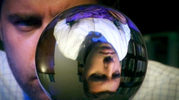
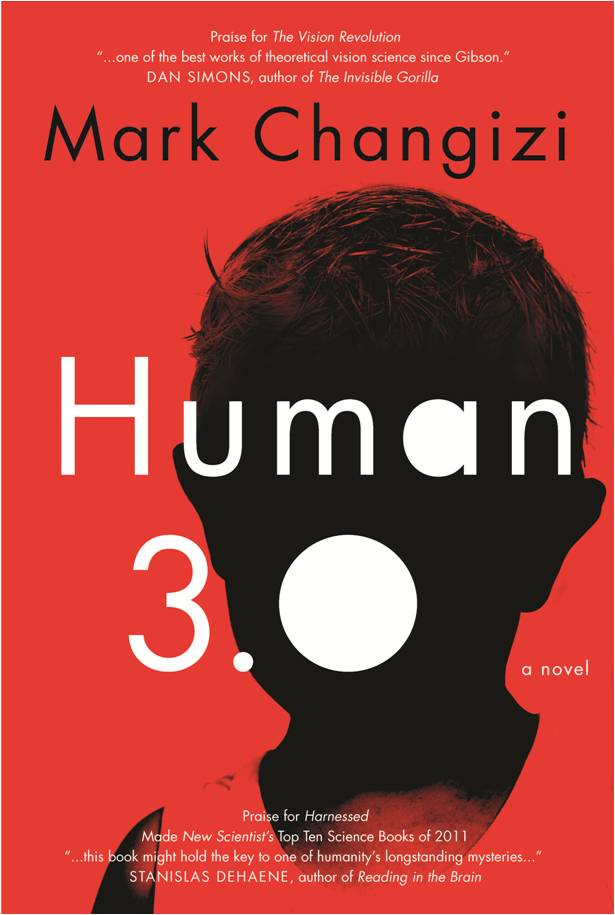
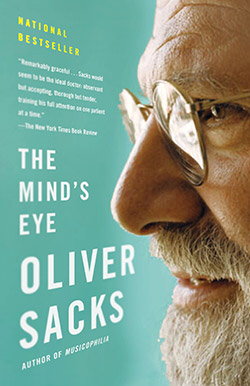
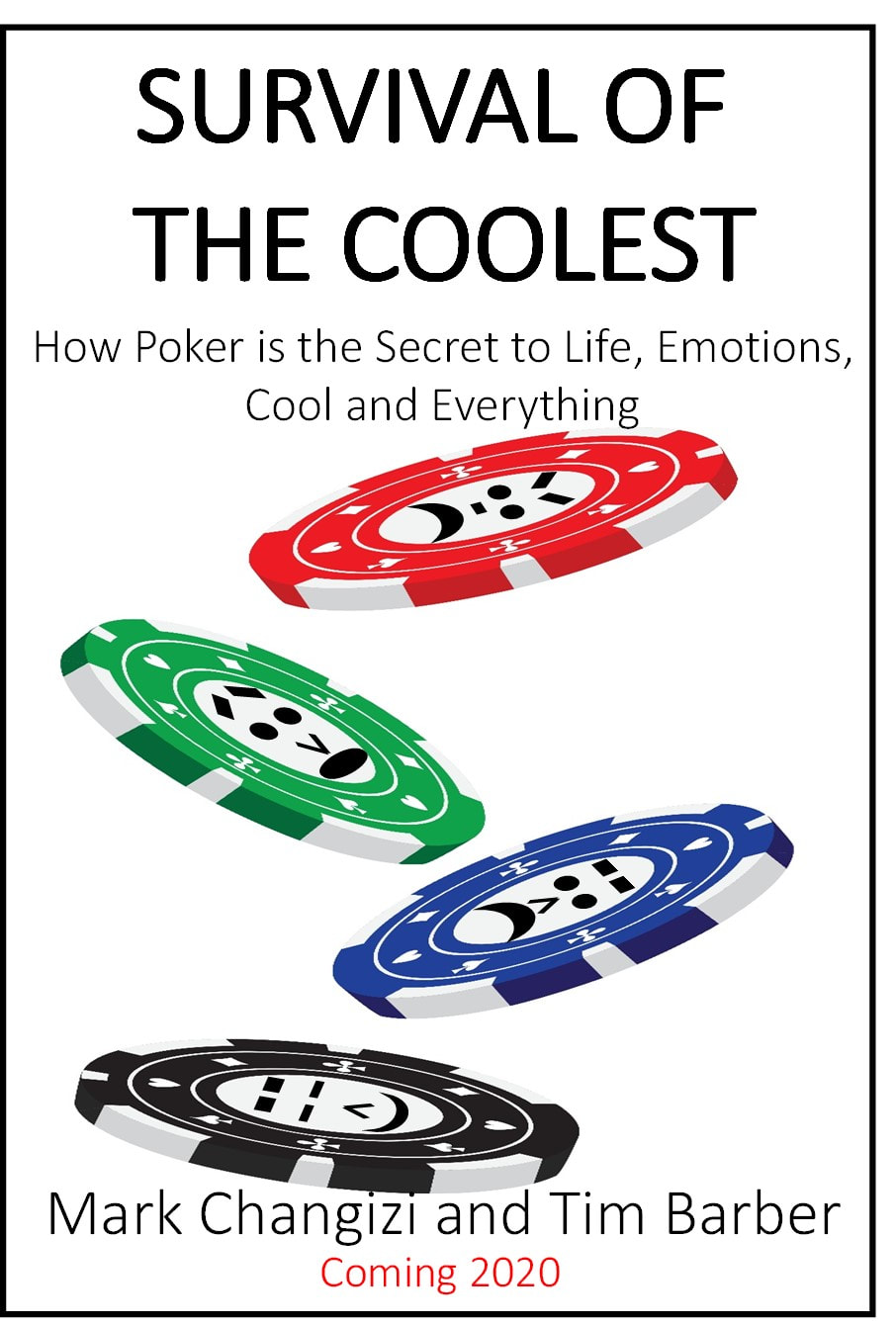
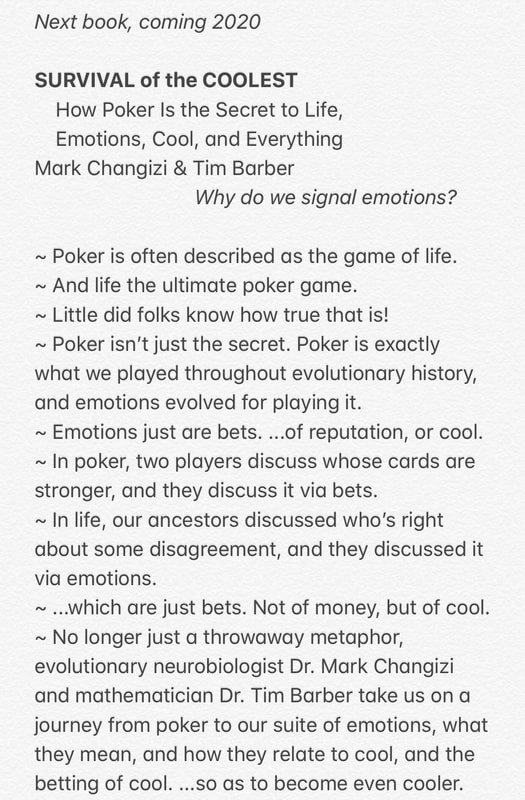
 RSS Feed
RSS Feed